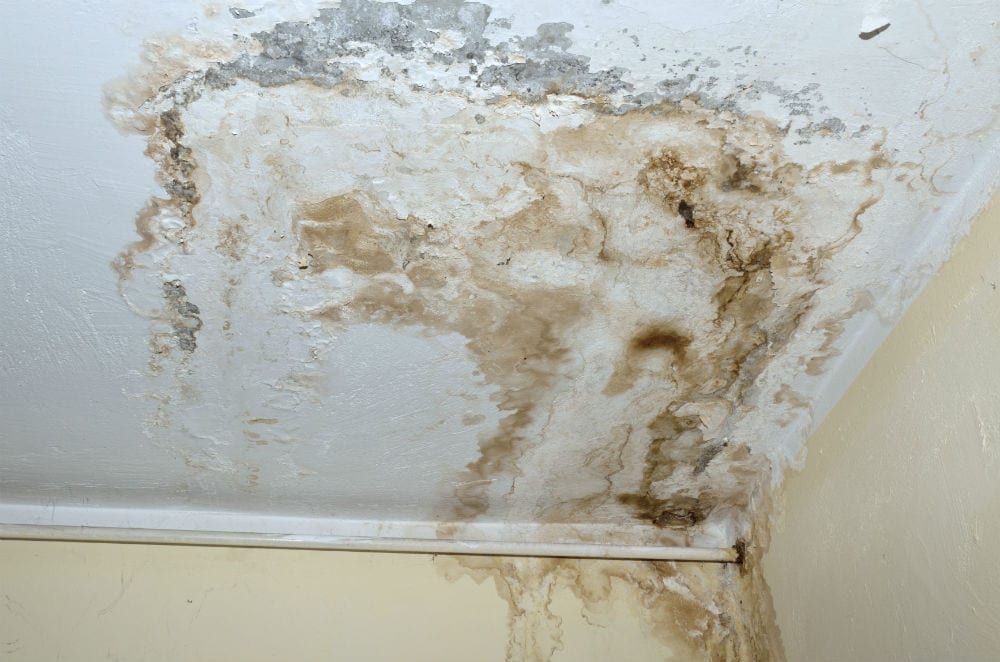Do's & Don'ts of Water Restoration.
Do's & Don'ts of Water Restoration.
Blog Article
They are making a few good pointers regarding Preventing Fires and Water Damage In Your Home as a whole in this post down below.

Water offers life, water invasion on components where it's not supposed to be can result in damages. Residences with water damage smell old and also stuffy.
Water can come from many resources such as tropical cyclones, floodings, burst pipelines, leakages, as well as sewage system issues. In case you experience water damages, it would be good to recognize some safety precautions. Below are a couple of guidelines on just how to deal with water damages.
Do Prioritize House Insurance Policy Protection
Water damage from flood dues to heavy winds is seasonal. Nevertheless, you can also experience an abrupt flooding when a malfunctioning pipeline instantly bursts into your house. It would certainly be best to have home insurance that covers both disasters such as natural disasters, and also emergencies like busted plumbing.
Don't Forget to Switch Off Energies
In case of a disaster, specifically if you stay in a flood-prone location, it would certainly be advisable to switch off the primary electric circuit. This removes power to your entire residence, avoiding electric shocks when water comes in as it is a conductor. Do not fail to remember to turn off the primary water line shutoff. When floodwaters are high, furniture will certainly walk around as well as trigger damage. Having the main shutoff turned off avoids further damages.
Do Keep Proactive and Heed Weather Condition Alerts
Tornado floodings can be very uncertain. Remain prepared and also positive if there is a background of flooding in your area. If you live near a creek, lake, or river , listen to discharge warnings. Take out valuables from the first stage and cellar, after that placed them on the highest possible level. Doing so minimizes potential home damages.
Don't Neglect the Roofing System
You can avoid rainfall damages if there are no openings and leakages in your roofing. This will prevent water from moving down your wall surfaces and saturating your ceiling.
Do Pay Attention to Tiny Leaks
A ruptured pipeline does not happen over night. You might notice bubbling paint, peeling wallpaper, water streaks, water stains, or dripping noises behind the wall surfaces. Have your plumbing fixed prior to it results in substantial damages.
Do Not Panic in Case of a Ruptured Pipeline
Maintaining your presence of mind is important in a time of dilemma. Due to the fact that it will certainly stifle you from acting fast, panicking will only compound the trouble. When it pertains to water damage, timing is key. The longer you wait, the more damages you can expect. Hence, if a pipe bursts in your residence, quickly turned off your main water valve to remove the source. After that unplug all electric outlets in the location or turn off the breaker for that part of your home. Call a trusted water damage repair professional for assistance.
Water offers life, water invasion on parts where it's not supposed to be can result in damages. Houses with water damage scent old as well as stuffy.
Water damages from flood charges to heavy winds is seasonal. You might observe bubbling paint, peeling off wallpaper, water streaks, water spots, or dripping noises behind the wall surfaces. When it comes to water damages, timing is essential.
Some Do's & Don't When Dealing with a Water Damage
DO:
Make sure the water source has been eliminated. Contact a plumber if needed. Turn off circuit breakers supplying electricity to wet areas and unplug any electronics that are on wet carpet or surfaces Remove small furniture items Remove as much excess water as possible by mopping or blotting; Use WHITE towels to blot wet carpeting Wipe water from wooden furniture after removing anything on it Remove and prop up wet upholstery cushions for even drying (check for any bleeding) Pin up curtains or furniture skirts if needed Place aluminum foil, saucers or wood blocks between furniture legs and wet carpet Turn on air conditioning for maximum drying in winter and open windows in the summer Open any drawers and cabinets affected for complete drying but do not force them open Remove any valuable art objects or paintings to a safe, dry place Open any suitcases or luggage that may have been affected to dry, preferably in sunlight Hang any fur or leather goods to dry at room temperature Punch small holes in sagging ceilings to relieve trapped water (don't forget to place pans beneath!); however, if the ceiling is sagging extremely low, stay out of the room and we'll take care of it DO NOT:
Leave wet fabrics in place; dry them as soon as possible Leave books, magazines or any other colored items on wet carpets or floor Use your household vacuum to remove water Use TV's or other electronics/appliances while standing on wet carpets or floors; especially not on wet concrete floors Turn on ceiling fixtures if the ceiling is wet Turn your heat up, unless instructed otherwise

We were introduced to that report about Preventing Fires and Water Damage In Your Home from someone on another web property. So long as you enjoyed our post if you please make sure you remember to pass it around. Thanks for taking the time to read it.
Report this page